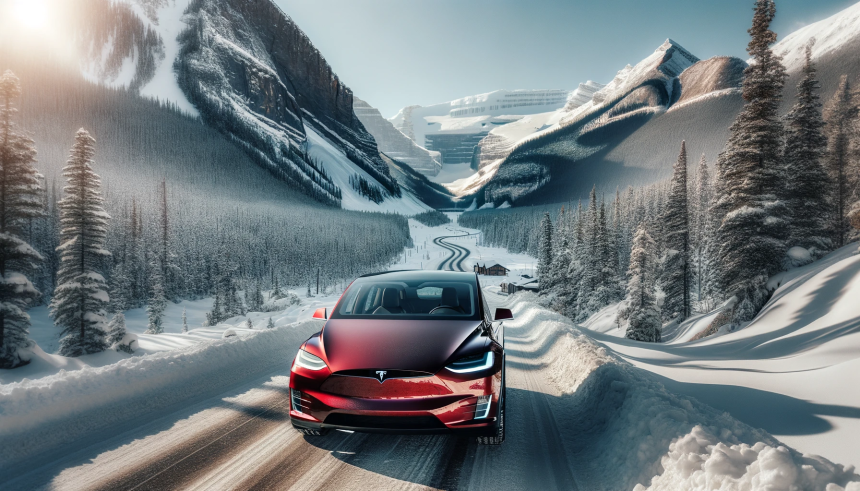Tesla’s CEO Elon Musk has announced details about the next-generation self-driving hardware, previously anticipated to be named Hardware 5 (HW5). Contrary to expectations, Musk revealed it will be called AI5. This new system is set to debut in Tesla vehicles by the latter half of 2025, marking a significant advancement in the company’s autonomous driving technology. The announcement follows the rollout of Hardware 4 (HW4), which has been in use for approximately 15 months. For additional insights, refer to Tesla’s current self-driving computer details.
AI5 Versus HW4
The upcoming AI5 will replace the HW5 nomenclature, distinguishing it from its predecessor, HW4. Musk noted that AI5 will be incorporated in vehicles starting in late 2025. The new hardware will consume approximately four times the energy of HW3 and HW4, indicating a substantial leap in capability. Initial speculation about the AI5 began when massive fans were spotted at Gigafactory Texas, which Musk confirmed would use around 130MW of power and cooling this year, with an increase to over 500MW in the next 18 months.
Musk also expressed a preference for a balanced mix of Tesla AI hardware and components from other manufacturers, such as NVIDIA. This blend would feature predominantly HW4, with some integration of the Dojo supercomputer. This strategic decision highlights Tesla’s commitment to diversifying its hardware sources while advancing its proprietary technologies.
Implications for Tesla’s Fleet
The AI5 hardware is expected to play a critical role in Tesla’s Full Self-Driving (FSD) suite. Musk emphasized that AI5 would offer approximately ten times the capability of HW4. This enhancement could significantly accelerate Tesla’s progress towards achieving fully autonomous driving. The new hardware’s deployment timeline coincides with the anticipated Robotaxi unveiling event in August, leading to speculation that AI5 may be integral to the Robotaxi fleet.
Musk’s recent statements align with prior announcements about the AI5’s superior capabilities and energy requirements. Earlier reports had focused on HW4’s improvements over previous versions, including additional cameras and radar systems. While the transition from HW4 to AI5 signifies a technological leap, it also underscores Tesla’s continuous innovation in the autonomous driving sector. The introduction of AI5 reflects Tesla’s ongoing efforts to enhance vehicle safety and autonomy through advanced hardware and software integration.
In comparison to earlier information, Musk’s latest revelations provide a clearer timeline and more specific details about the AI5’s features and energy consumption. This new hardware’s capabilities suggest it will be a cornerstone of future Tesla models, especially those equipped with Full Self-Driving functionality. The decision to incorporate AI5 into the Robotaxi fleet further indicates its importance in Tesla’s long-term strategy for autonomous mobility.
Musk’s disclosure about AI5 not only marks a significant milestone for Tesla but also sets the stage for future advancements in self-driving technology. By focusing on the integration of AI5 into its vehicle lineup, Tesla aims to maintain its leadership in the electric vehicle market. The company’s approach to hardware diversification and enhancement demonstrates its commitment to pushing the boundaries of automotive technology.
As Tesla moves forward with AI5, the automotive industry will closely watch how these advancements impact the broader market. AI5’s introduction could set new standards for energy efficiency and computational power in self-driving systems. For Tesla enthusiasts and industry observers alike, the rollout of AI5 will be a pivotal moment, potentially reshaping expectations for autonomous driving capabilities.










